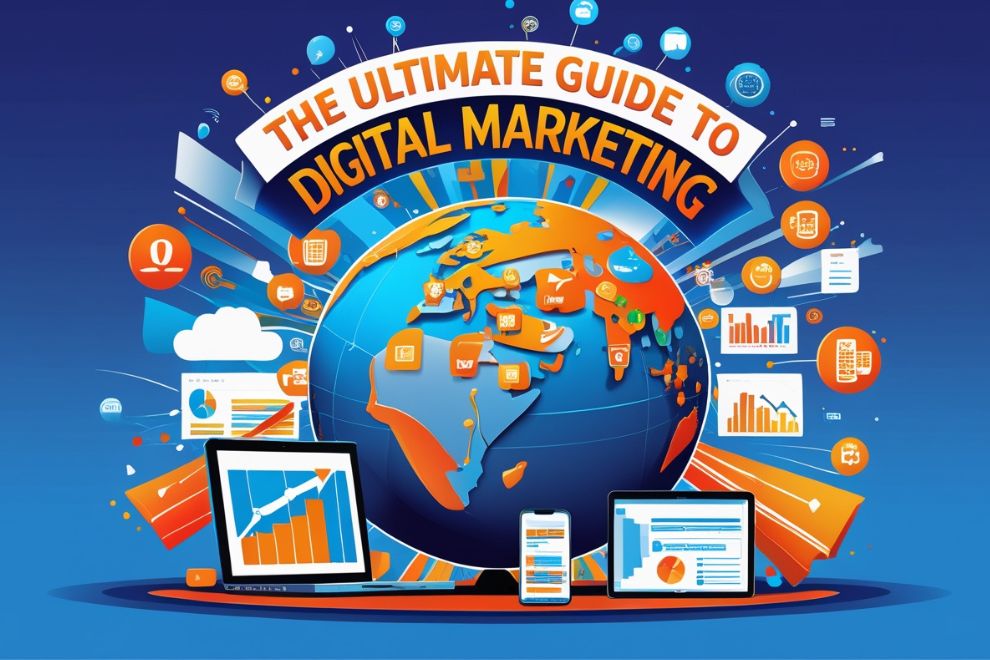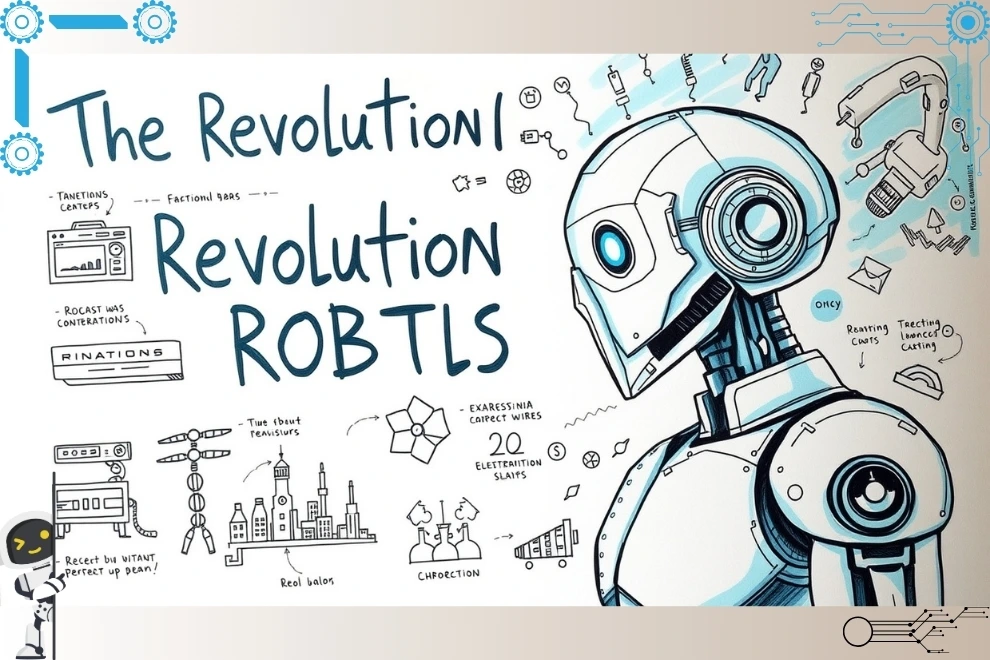10 Game-Changing Books to Master the Art of Communication
In today’s world, the ability to communicate effectively is one of the most crucial skills you can possess. Whether you’re aiming to enhance your personal relationships, climb the corporate ladder, or simply express your ideas more clearly, communication plays a pivotal role. Thankfully, numerous books offer proven techniques to sharpen your communication abilities. Here are 10 transformative books that promise to improve your communication skills and set you on the path to success. 1. “How to Win Friends and Influence People” by Dale Carnegie One of the oldest yet most powerful books on communication, How to Win Friends and Influence People by Dale Carnegie is still considered a must-read. Carnegie’s timeless advice emphasizes the importance of building strong relationships, earning trust, and enhancing your persuasive abilities. The book’s core principles—such as showing genuine interest in others, listening actively, and making others feel valued—are essential for anyone who wants to communicate effectively. 2. “Crucial Conversations: Tools for Talking When Stakes Are High” by Kerry Patterson, Joseph Grenny, Ron McMillan, and Al Switzler No one enjoys high-pressure conversations, but Crucial Conversations equips readers with the tools to handle them with grace and confidence. This book focuses on managing delicate, high-stakes conversations—whether at work or in your personal life—without letting emotions derail the conversation. The authors emphasize the importance of staying calm, listening carefully, and focusing on the outcomes you want to achieve. If you want to improve your ability to navigate difficult dialogues, this book is an indispensable resource. 3. “The Art of Communicating” by Thich Nhat Hanh The Art of Communicating by renowned Buddhist monk Thich Nhat Hanh takes a spiritual approach to communication, blending mindfulness and deep listening. Hanh encourages readers to be present during conversations and to truly understand others before speaking. He highlights how practicing mindfulness can foster empathy and enhance the clarity of your message. This book offers a gentle yet powerful way to improve communication by focusing on inner peace and genuine connection. 4. “Talk Like TED: The 9 Public-Speaking Secrets of the World’s Top Minds” by Carmine Gallo If you’re interested in boosting your public speaking and presentation skills, Talk Like TED is a must-read. Carmine Gallo takes a deep dive into what makes TED speakers so captivating. He reveals the secrets behind their memorable presentations, such as telling compelling stories, using powerful visuals, and delivering messages with passion. Whether you’re giving a presentation at work or addressing a larger audience, Gallo’s advice will help you command attention and make your message unforgettable. 5. “The Charisma Myth: How Anyone Can Master the Art and Science of Personal Magnetism” by Olivia Fox Cabane Are you looking to boost your personal influence and magnetic presence? The Charisma Myth by Olivia Fox Cabane will help you develop these qualities, often considered innate, but actually learnable. Cabane explores the science of charisma and breaks it down into key components: presence, power, and warmth. She offers simple, actionable tips to cultivate these qualities in everyday interactions, making this book an essential read for anyone who wants to become a more charismatic communicator. 6. “The 7 Habits of Highly Effective People” by Stephen R. Covey Stephen Covey’s The 7 Habits of Highly Effective People is one of the most widely respected books on personal development, and it covers key aspects of communication throughout. Covey advocates for a proactive approach to communication, starting with the habit of “seeking first to understand, then to be understood.” This habit is central to building trust and collaboration in both personal and professional settings. The principles laid out in this book can transform the way you communicate by emphasizing empathy, respect, and integrity. 7. “Influence: The Psychology of Persuasion” by Robert B. Cialdini Robert Cialdini’s Influence is a groundbreaking book on the psychology of persuasion. In it, Cialdini identifies six key principles of influence: reciprocity, commitment, social proof, authority, liking, and scarcity. These principles are based on psychological research and show how you can use them ethically to enhance your persuasive communication. Whether you’re negotiating a deal, marketing a product, or simply trying to get your point across, Influence provides an invaluable framework for persuasive communication. 8. “Nonviolent Communication: A Language of Life” by Marshall B. Rosenberg Communication doesn’t just mean talking; it also involves creating peaceful, understanding environments. Nonviolent Communication by Marshall Rosenberg is a transformative book that teaches readers how to communicate with empathy and respect. Rosenberg introduces a method of communication that eliminates blame and judgment and instead focuses on observing facts, expressing feelings, identifying needs, and making requests. This book will help you manage conflicts with compassion and communicate in a way that fosters cooperation and mutual respect. 9. “Dare to Lead: Brave Work. Tough Conversations. Whole Hearts.” by Brené Brown Brené Brown’s Dare to Lead explores how vulnerability and courage are essential to effective leadership and communication. Through her research on shame and empathy, Brown emphasizes the importance of creating environments where people feel safe to share their thoughts and ideas. The book offers valuable insights into having tough but necessary conversations in the workplace and beyond. If you’re looking to lead with authenticity and connect with others on a deeper level, this book will equip you with the tools to do so. 10. “You Just Don’t Understand: Women and Men in Conversation” by Deborah Tannen Deborah Tannen’s You Just Don’t Understand delves into the gender-based differences in communication styles, making it a crucial read for improving cross-gender communication. Tannen, a linguist, explains how men and women often have distinct communication patterns, which can lead to misunderstandings. By understanding these differences, readers can bridge the gap and improve their conversations. This book is invaluable for those seeking to communicate more effectively with individuals of different genders, both in personal and professional settings. Mastering communication is not an overnight task, but it is a highly rewarding one. The books listed above provide a broad range of approaches—from emotional intelligence and mindfulness to public speaking and persuasion—that will help you become a









